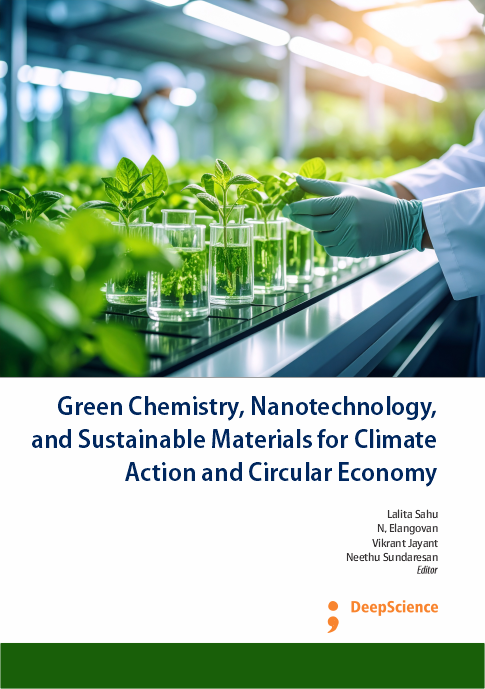Green Chemistry Principles and Industrial Applications: A Pathway to Sustainable Development
Synopsis
The convergence of green chemistry principles with nanotechnology constitutes a transformative paradigm in the advancement of sustainable industrial practices. This integration directly supports the objectives outlined in the United Nations Sustainable Development Goals (SDGs); with particular relevance to responsible consumption and production (SDG 12); climate action (SDG 13); and the advancement of industry, innovation, and infrastructure (SDG 9). This chapter provides a comprehensive review of the core green chemistry principles, elucidating their mechanistic basis and their practical application across diverse industrial sectors. Emphasis is placed on the role of nanotechnology as an enabling platform for the development of sustainable materials, energy-efficient processes, and low-toxicity synthetic routes. The chapter further incorporates an analysis of representative case studies from the pharmaceutical, agrochemical, materials, and environmental sectors, highlighting how green synthetic strategies contribute to minimized environmental footprints without compromising process efficiency or economic feasibility. In addition to technical matters, this chapter also addresses regulatory and policy frameworks required for guiding the deployment of green nanotechnologies, and places particular focus on life-cycle assessment (LCA) and risk-benefit analysis. Furthermore, the chapter addresses the ethical issues related to new green technologies, encompassing issues of environmental justice, and underscores the necessity for new methods for curricular renewal and transdisciplinary education in chemistry and materials science for the development of a new generation of scientists committed to sustainable science.














